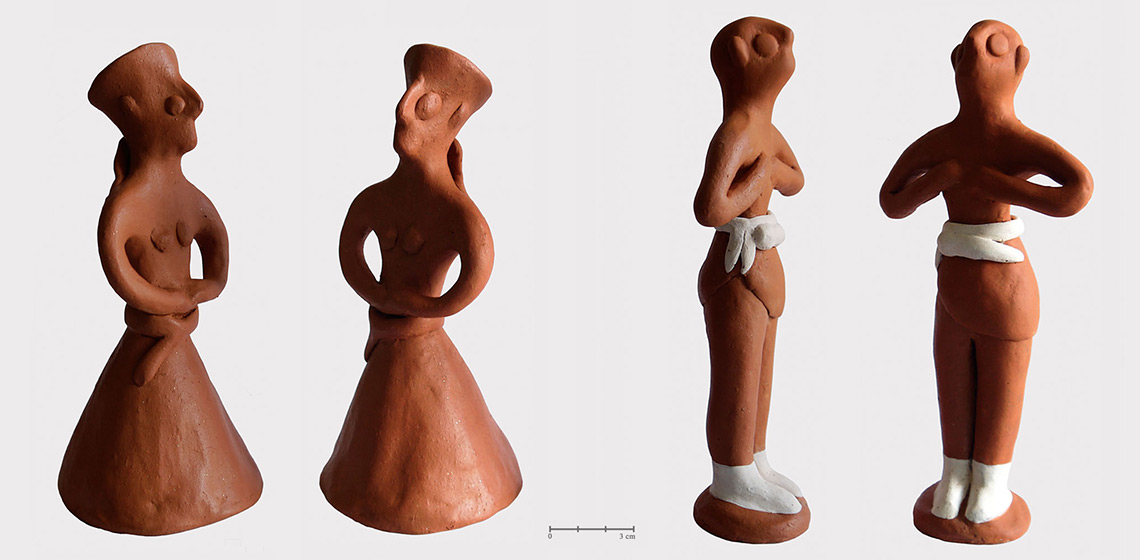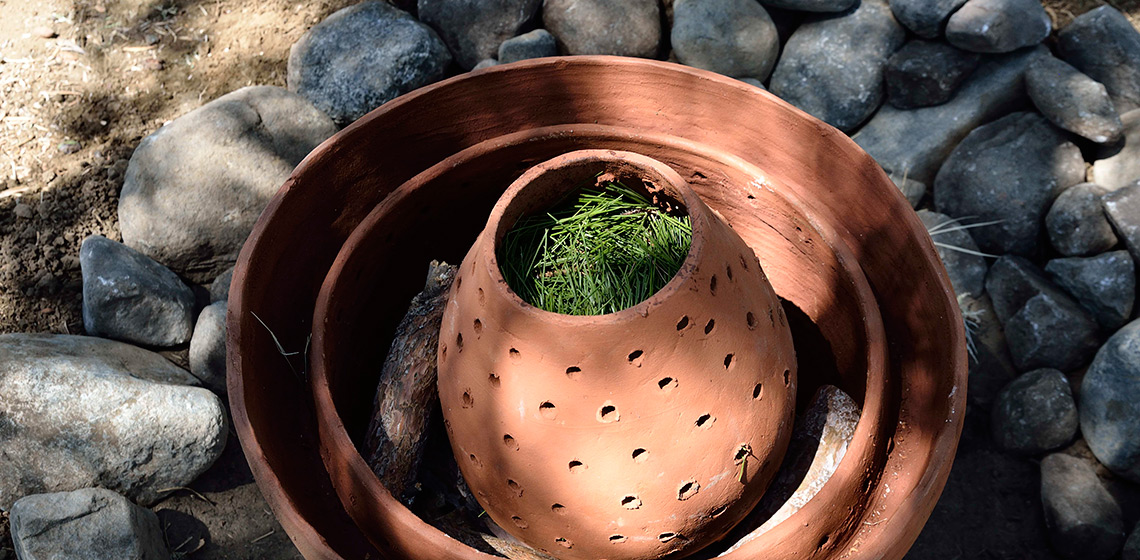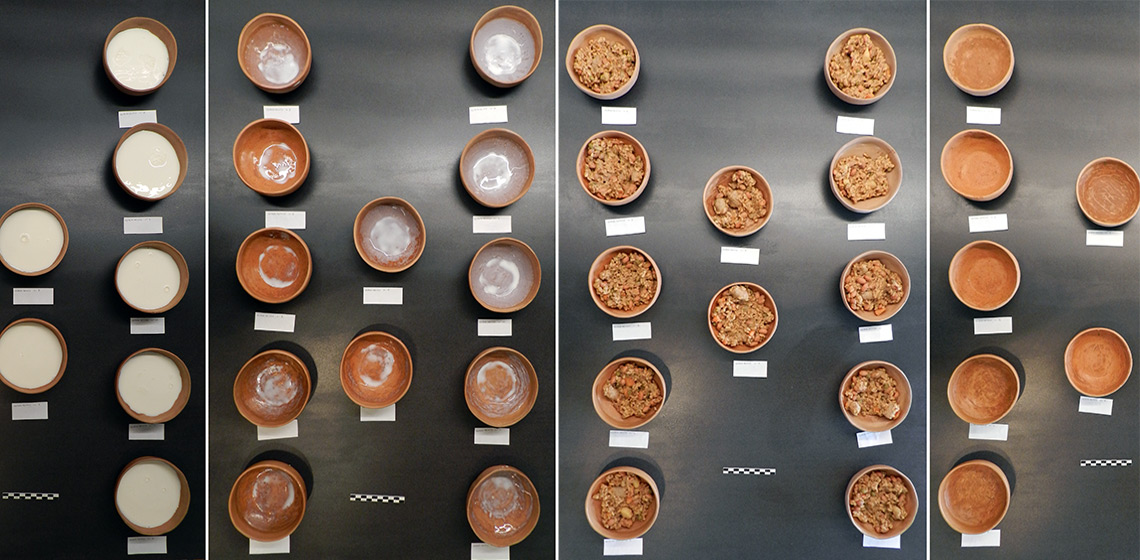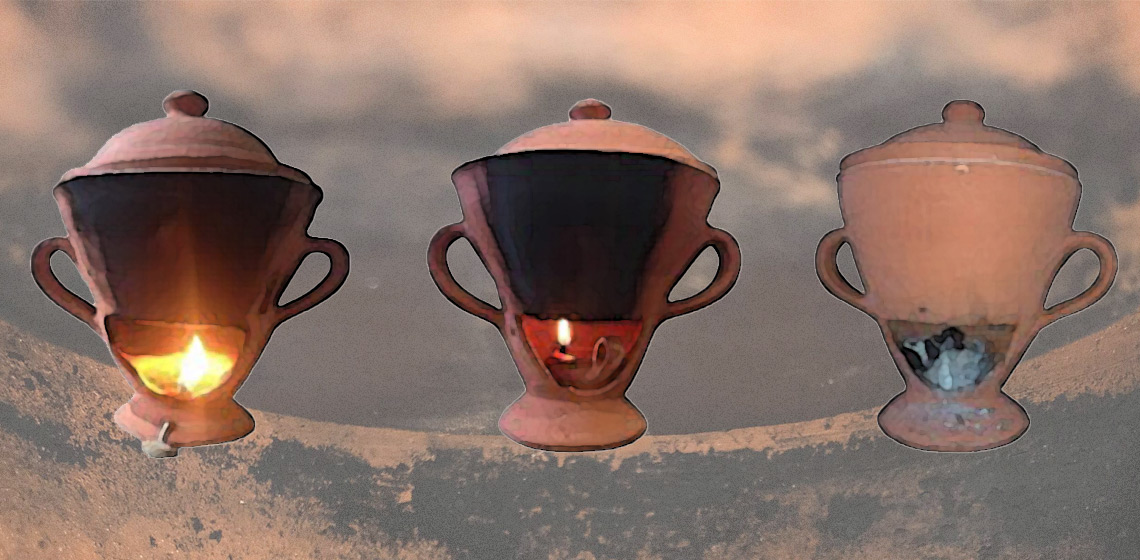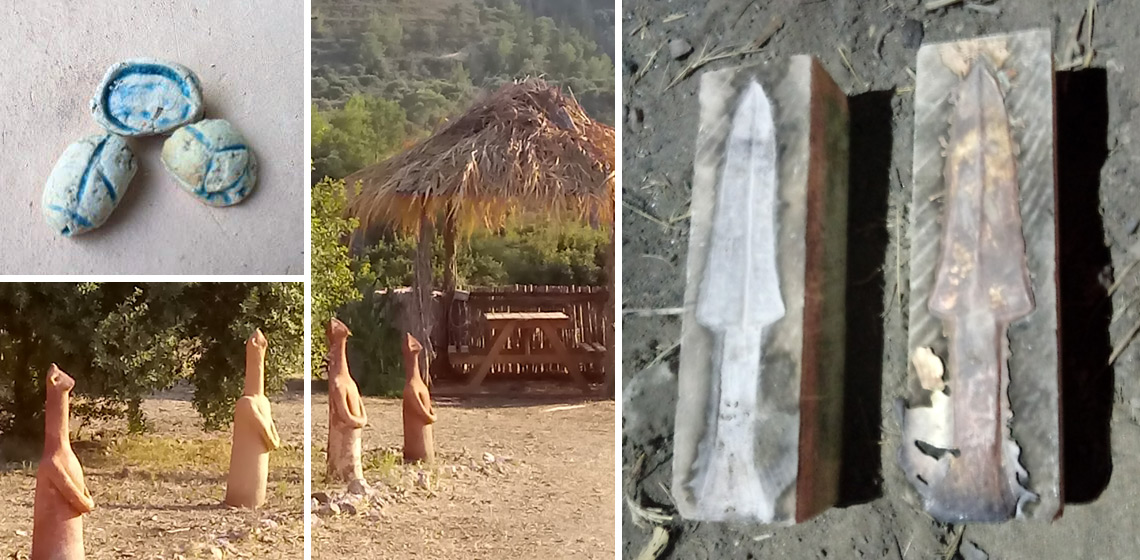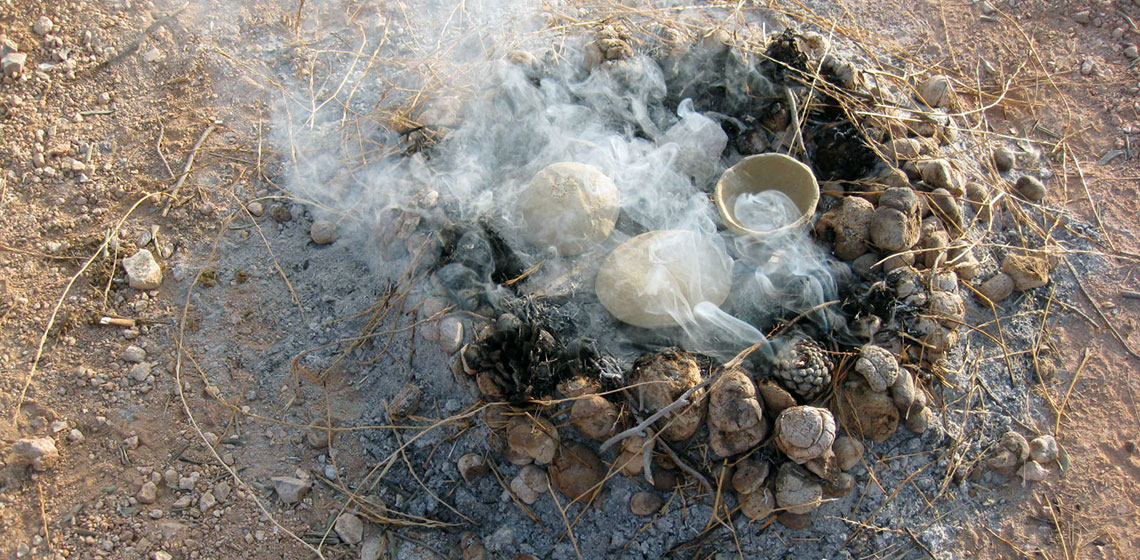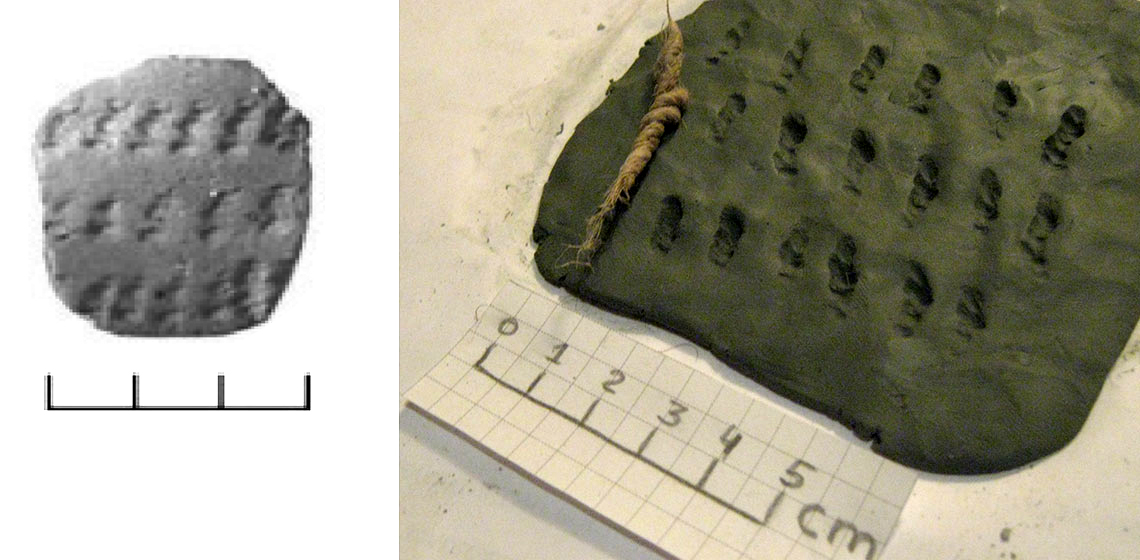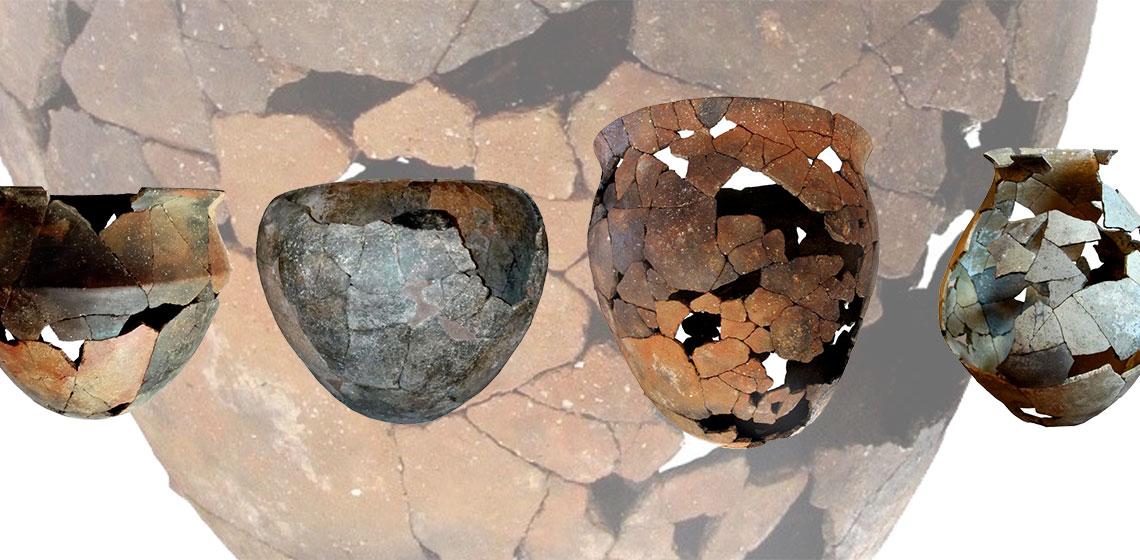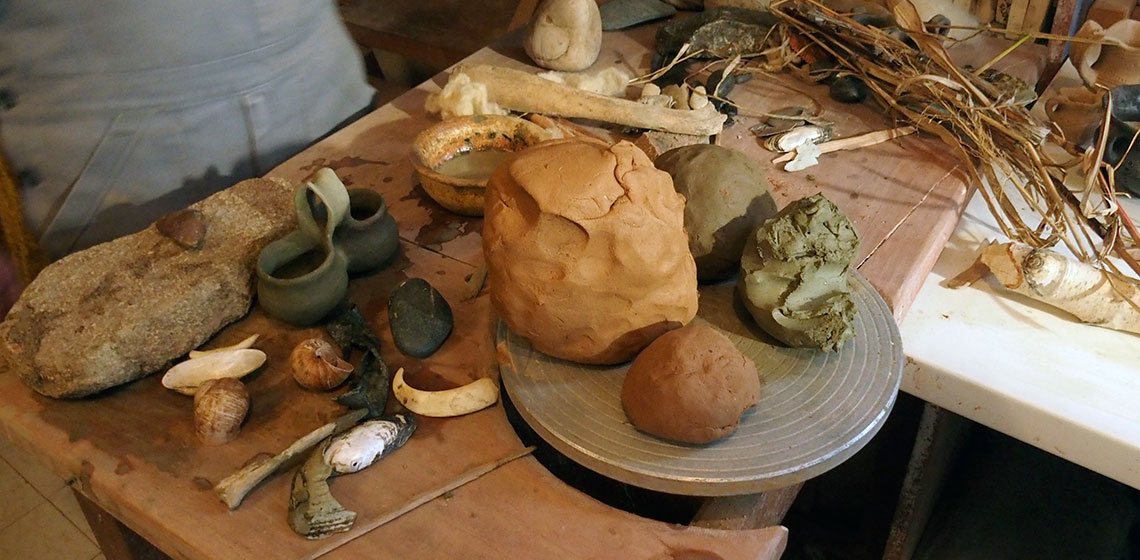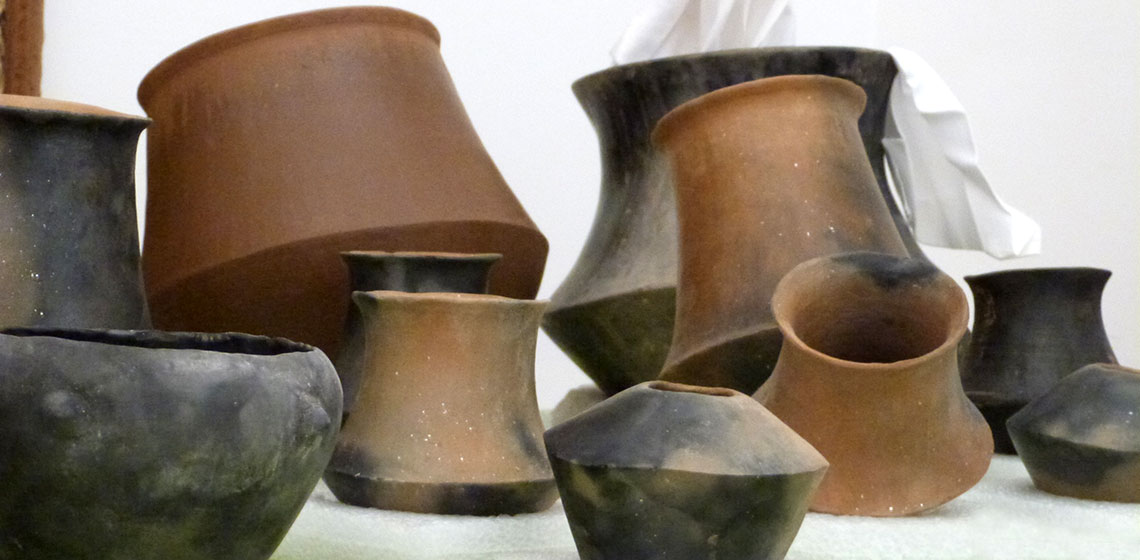ceramics
Ceramicists, Apprentices or Part-Timers? On the Modelling and Assembling of Peak Sanctuary Figurines
Publication Date
The question of who made peak sanctuary figurines has frequently been raised but seldom deeply examined. The assumption that the aesthetically refined pieces were carefully made by skilled ‘artists’ while the less visually pleasing ones were rapidly made by low-skilled ‘artisans’ has consequently endured. Revisiting these conclusions from..
Ancient Distillation and Experimental Archaeology about the Prehistoric Apparatuses of Tepe Gawra
Publication Date
11th EAC Trento 2019
***The Perfume Theme Park Museum of Cyprus’ research protocol of Experimental Archaeology (https://www.perfumecypark.org), aims at verifying hypotheses of ancient perfume manufacturing processes, to formulate a possible comparison with modern realities derived from the island’s ancient cultural heritage. What has recently emerged...
***The Perfume Theme Park Museum of Cyprus’ research protocol of Experimental Archaeology (https://www.perfumecypark.org), aims at verifying hypotheses of ancient perfume manufacturing processes, to formulate a possible comparison with modern realities derived from the island’s ancient cultural heritage. What has recently emerged...
Fine Pottery Chaîne Opératoire from the Bronze Age site of Via Ordiere, Solarolo (RA, IT): Experiments on the Relationship between Surface Treatments and Function
Publication Date
11th EAC Trento 2019
***The aim of this experimental work was to catch a glimpse of the pottery chaîne opératoire, particularly linked to the surfaces treatments applied, in order to better understand what type of traces they could leave on pots and how they could differently affect the use of final products...
***The aim of this experimental work was to catch a glimpse of the pottery chaîne opératoire, particularly linked to the surfaces treatments applied, in order to better understand what type of traces they could leave on pots and how they could differently affect the use of final products...
Experimental Study of Byzantine Chafing Dishes
Publication Date
This article sets out to examine the production, function, and use of Byzantine chafing dishes, which have been largely neglected by academic literature. As no practical engagement with chafing dishes has been previously attempted, experimental archaeology was chosen as a methodological tool capable of testing hypotheses associated with these wares and generating new research questions...
Conference Review: The Third Annual Vounous Symposium
Publication Date
The Third Annual Vounous Symposium was held 1-16 September 2019 and located near Çatalköy in Northern Cyprus. In addition to ceramics and bronze casting, experiments were also conducted on smelting local copper ore, carving moulds from local limestone, and making faience.
Experimental Bonfirings of Pottery with Camel Dung Fuel, Jordan, July 2018
Publication Date
The objective of this series of experimental pottery firings with camel dung fuel was to isolate the function of this fuel type within the context of a simple mode of pottery firing for data applicable to studies of ancient pottery manufacture...
A Preliminary Attempt to Reconstruct some Tools and Techniques of Ornamentation of the Comb-Pit Ware from the Site of Hepojarvi (Karelian Isthmus, Leningrad Oblast, Russia)
Publication Date
The site of Hepojarvi is located on the northern coast of Hepojarvi lake, near Saint Petersburg, Russia. The site is a multi-layer settlement with different types of Neolithic pottery (from Sperrings to late Comb-Pit Ware); the settlement functioned in 5314 cal BC – 2342 cal BC. It was excavated in 1978 by I. V. Vereschagina.
CRAFTER: An Experimental Approach to Fire-Induced Alteration of Pottery Fabrics
Publication Date
In doing an inventory of ceramic materials from archaeological excavations, it is a common practice to indicate their observable atmosphere of firing. This parameter refers to the presence of gases, especially oxygen, during the firing and cooling of pottery: if oxygen circulates freely, the procedure is said to be oxidising; if, on the contrary, the atmosphere of firing lacks free air, it is called reducing...
CRAFTER: Re-creating Vatin Pottery 2: an Examination of Clay Quality and its Behaviour
Publication Date
The Bronze Age Vatin culture has been known in archaeology as a cultural phenomenon distinguished by a specific material culture which existed between c. 2200 to 1600 B.C. in the region of the southern part of the Pannonian Plain, and the area along the lower Sava river and south of the Danube river. The Vatin culture followed on from the Early Bronze Age cultures in the region, indicating stabilization in this area after the disintegration of the Aeneolithic Vučedol culture by tribes from the Russian steppe (Garašanin 1979, p. 504; cf.
Event Review: CRAFTER: Back to Bronze Age Craftsmanship: International Meeting of Potters and Archaeologists
Publication Date
At the end of October 2018, nearly 30 experts – potters and archaeologists – met in the city of Mula (Murcia, Spain) to study Europe’s Bronze Age pottery-making techniques. The event was the initiation stage of the CRAFTER project (Crafting Europe in the Bronze Age and Today), implemented in the framework of the European Year of Cultural Heritage 2018 and the Creative Europe Program...

